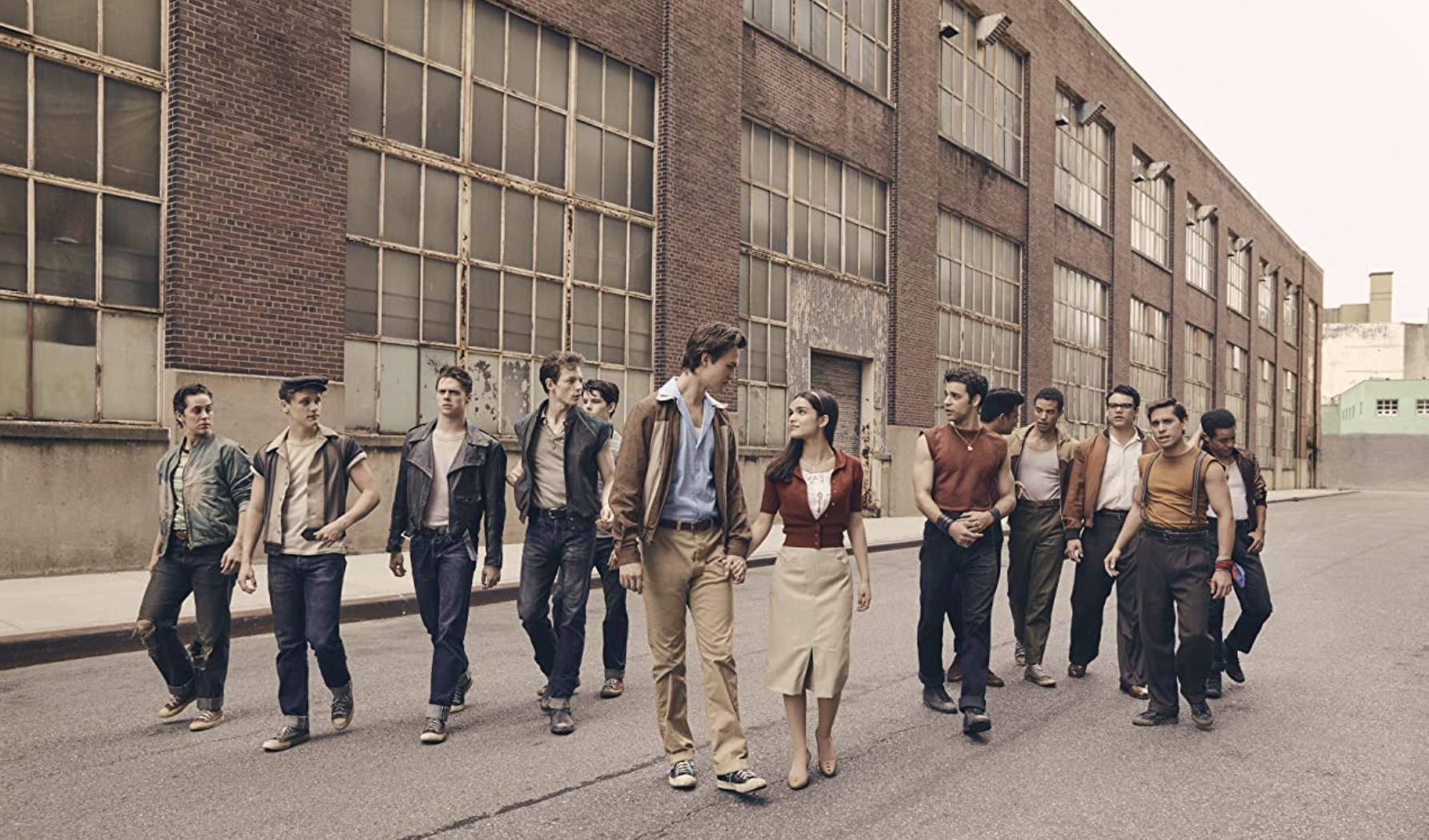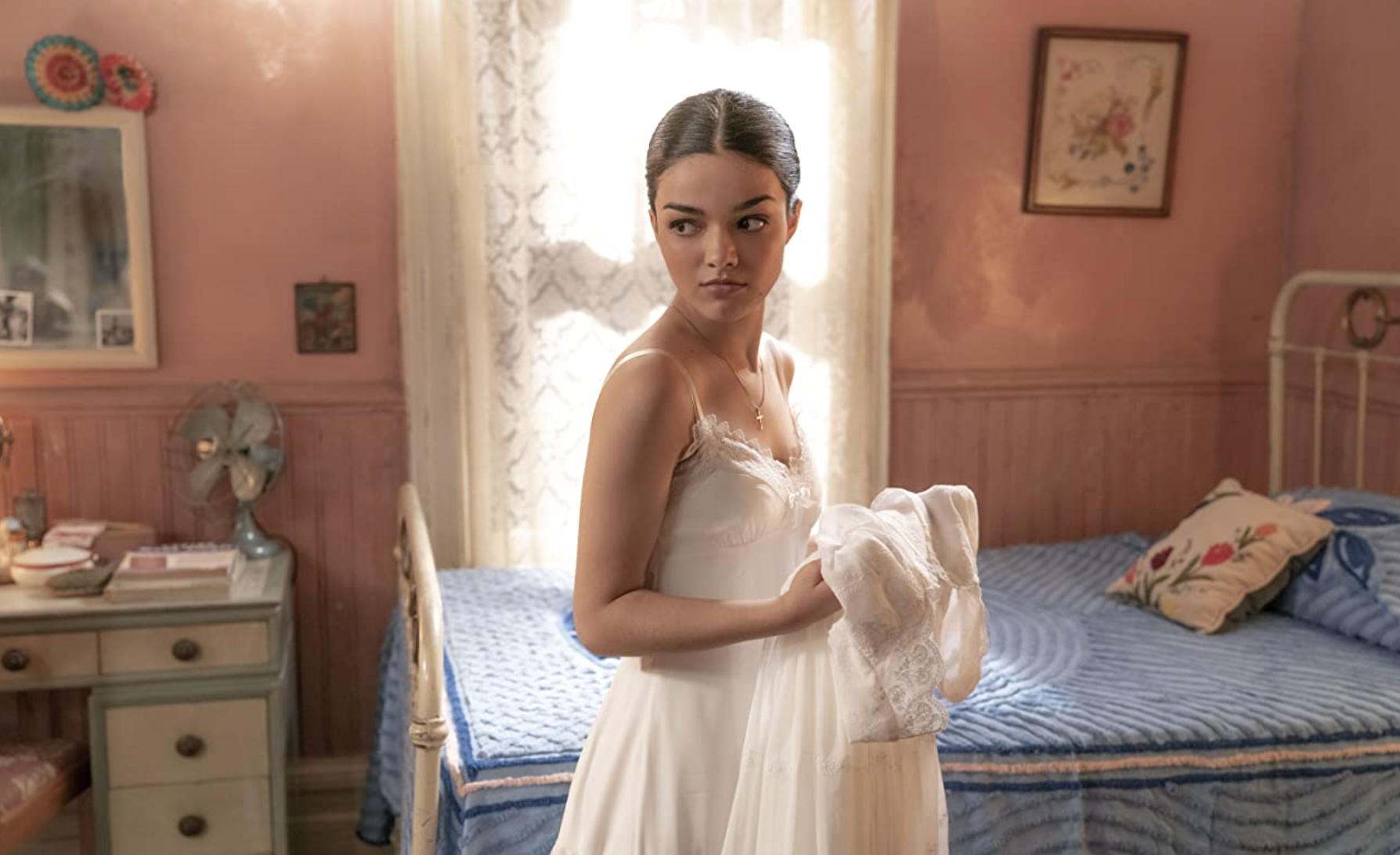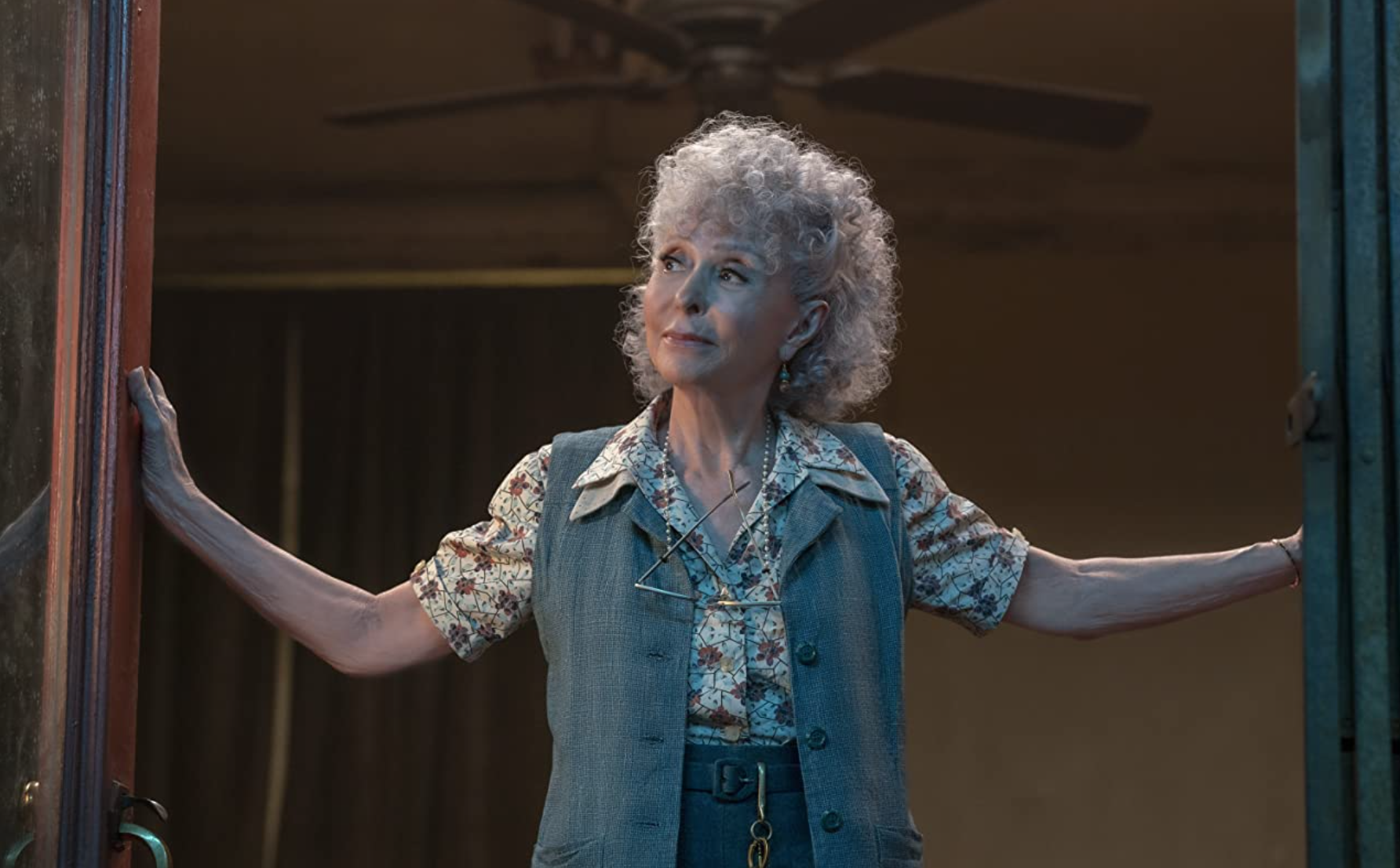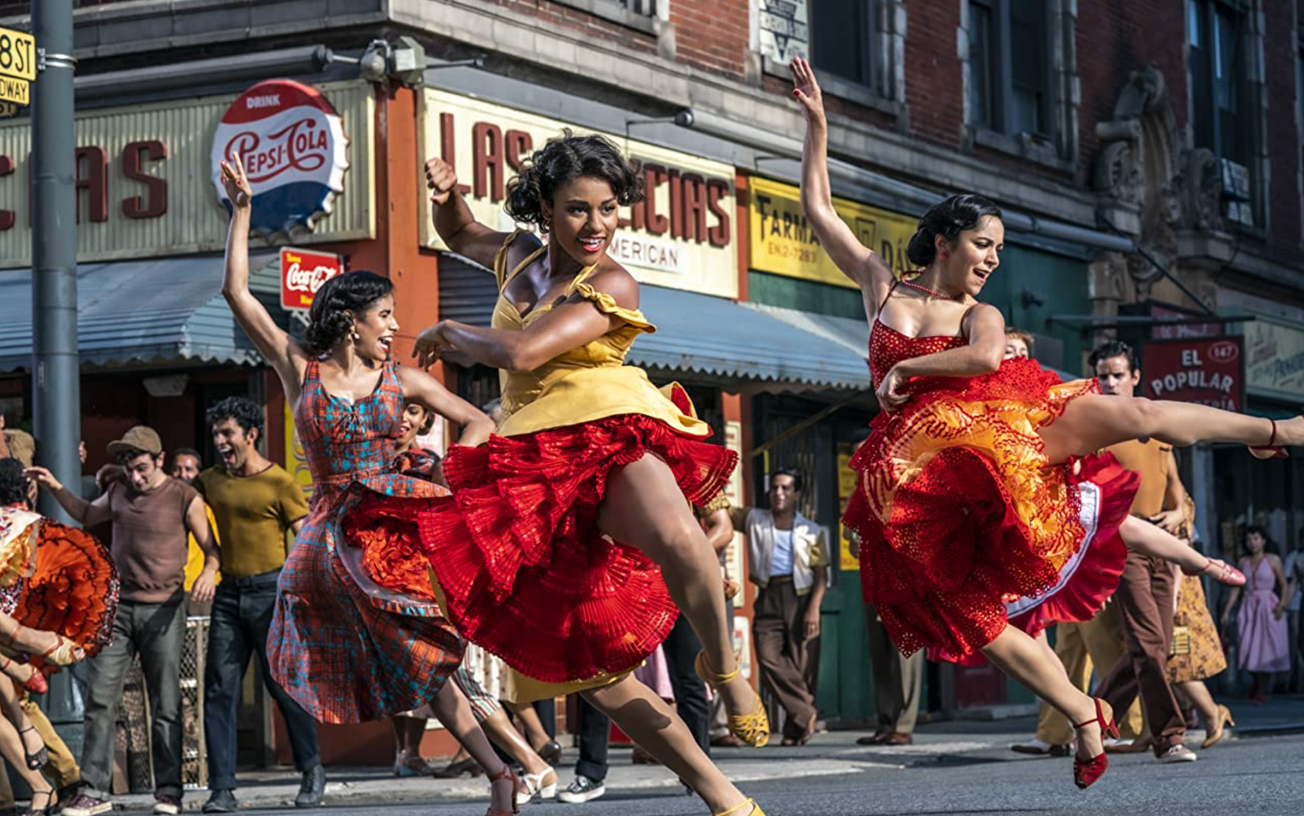By Harri Knight-Davis, Third year, Film and Television
Steven Spielberg certainly knows his way around the genres, whether it be sci-fi and fantasy, action-adventure, historical dramas or children’s films. And despite a few hiccups along the way he has excelled in each genre he has tried his hand in. The genre that always evaded him was the musical, until now. And it was worth the wait, with Spielberg’s sumptuous update of West Side Story.

Spielberg’s West Side Story hews close to the original musical and the 1961 film, which follows the rivalry of the white gang The Jets and the Puerto Rican gang The Sharks and the star-crossed lovers Tony (Ansel Elgort) and Maria (Rachel Zegler). Despite Spielberg’s respect of the previous versions of West Side Story, Spielberg and writer Tony Kushner (in their third collaboration together) have made some subtle but significant changes.
From altering the positions of songs, not including subtitles when Spanish is spoken and making Anybodys (Iris Menas) a trans man. All of these are welcome diversions and softens the slightly more problematic elements of the musical. But perhaps most importantly Spielberg’s version of West Side Story feels different to what has come before it. This is evoked by the film’s aesthetics and the staging of its musical numbers. Spielberg and regular cinematographer Janusz Kaminski imbue a dourer colour palette, than the 1961 version, so when the exuberance of colour explodes on the screen for the musical numbers and when the film focuses Maria and her family, it feels earned and even more electrifying.

For the musical numbers, in particular ‘America’ and ‘I Feel Pretty’, Spielberg and Kaminski transpose the sequences from single locations in the 1961 version to more expansive and vast settings. This adds an extra dynamism but crucially it makes this remake feel new and unique. This is perhaps what West Side Story succeeds in most, and what makes it work, is that it feels like you are experiencing a different musical in spite of the same songs and same narrative being repeated.
Another addition of Spielberg’s film is an all latinx cast for The Sharks, which makes obvious sense but is still an improvement on the 1961 version. This decision also allows him to introduce the charming Zegler to the world who delivers a tender performance as Maria. The film also introduces Ariana DeBose who plays Anita, a quasi-mother figure to Maria, who threatens to steal the film with a powerhouse performance. Mike Faist also is terrific as Riff and 90-year-old Rita Moreno is a lovely reassuring presence as Valentina.

And then there is the Ansel Elgort problem. With the allegations made against him last year, it is difficult and near impossible at times to dislodge this from your mind while watching it. He gives a solid enough performance as Tony, but the lingering presence of Elgort’s personal life taints the overall enjoyment of the picture.

Apart from the distracting Elgort, Spielberg’s interpretation never quite reaches the heights of 1961’s West Side Story. Its innovation is arguably unsurpassable when making a movie musical, so Spielberg also had an impossible task on his hands to improve on the original film.
However, what he has done is re-made one of the most famous film musicals ever and infused it with verve and class and most importantly deepened and added to the original material, not just repeating what has come before him.
Featured Image: IMDB
Do you think Spielberg did Maria & Tony justice?









